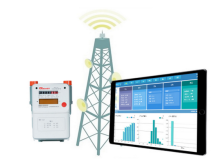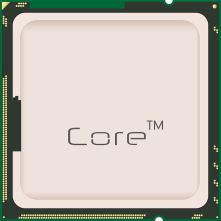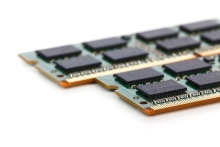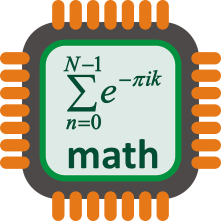Roboticists have been trying for years to create robots that can mimic humans in both appearance and ability. Recent technological advances have opened up new prospects for humanoid robots, such as the use of improved sensors and soft artificial skin.

The team's experimental setup. The robotic arm probes the sensing hydrogel skin while collecting a series of measurements using electrodes located around its perimeter.
Researchers at the University of Cambridge's Biomimetic Robotics Laboratory have designed a new type of hydrogel skin that allows robots to sense tactile characteristics of objects and mimic human touch. The team created artificial skin based on stretchable sensing hydrogels to detect damage, sense touch and objects, and monitor the environment using a hardware system based on electrodes. The researchers' skin-like material is a stretchable, customizable, biodegradable sensing hydrogel. They combined the material with electrical impedance tomography (EIT) hardware, which uses edge electrodes to apply a current and measure a voltage, allowing the researchers to infer the state of the skin from the measured voltage. This allowed the researchers to detect touch or damage.
The team did not use a traditional neural network-based architecture to analyze the data collected by the electrodes, which is standard for most artificial skins. In contrast, hydrogel-based systems use a small amount of real data to create deformation maps. In initial evaluation, they found that their system was significantly better than traditional neural network-based artificial skin systems, achieving an average resolution of 12.1 mm on 170mm round skin.
Using impedance tomography and function of the skin sensor will produce is difficult to use mathematical methods to solve complex problems. The team assessed the ability of the hydrogel skin to detect damage, monitor the environment and identify tactile stimuli. The system performed well in all three applications, demonstrating its potential to enhance soft robot systems to perform a variety of tasks.
The researchers believe they are currently expanding the shape and size of the skin to detect more complex stimuli. Their goal is to enable the skin to sense not only the location and intensity of touch, but also any damage caused by applying the skin to the robotic hand and the position of the finger.










